Understanding the importance of interactive dog bowls
Interactive dog bowls are ingenious tools that serve a dual purpose: they're both engaging toys and practical slow feeder bowls. This combination is crucial for your furry friend's overall well-being. Here's why these clever inventions are so valuable:
- Mental stimulation: As puzzle feeders, they challenge your dog's mind during mealtime, providing essential dog toy stimulation.
- Healthier eating habits: The slow feeder aspect helps prevent issues like bloat in fast eaters.
- Physical activity: Many designs encourage movement, adding a touch of exercise to meals.
- Boredom busting: These brain stimulating toys for dogs keep them occupied, potentially reducing destructive behaviors.
- Natural instinct satisfaction: They tap into your dog's innate foraging behaviors.
By using a dog enrichment feeder, you're transforming mealtime into a full sensory experience. These puzzle feeders blend the joy of playtime with the necessity of eating, making every meal an engaging activity that nourishes both body and mind.


Types of best dog toy bowls
Now that we understand the importance of interactive dog bowls, let's explore the various types available. The market offers a diverse array of options, each uniquely designed to function as both toys and slow feeders. Here are some popular choices:
1. Puzzle Feeder Slow Dog Bowls
These clever devices epitomize the fusion of toy and slow feeder bowl. They feature various obstacles that your dog must navigate to access their food, such as:
- Nina Ottosson Dog Brick: A sliding puzzle that reveals hidden treats
- Puzzle Feeder™: A maze-like design that slows eating
3. Treat-Dispensing Balls
These rolling toys can be filled with kibble, seamlessly blending play and feeding:
- KONG Wobbler: A weighted toy that dispenses food as it's knocked around
- Omega Paw Tricky Treat Ball: A hollow ball that releases kibble as it rolls
4. Lick Mats
Ideal for wet food or treats, these mats provide a calming, engaging feeding experience:
- Puzzle Feeder Puzzle Licker: Eco-friendly, easy to wash, with satifying textures your dog will love!
- LickiMat Classic: Designed with different patterns to spread soft foods
5. Snuffle Mats
These fabric mats mimic natural foraging, turning mealtime into an exciting hide-and-seek game:
- PAW5 Wooly Snuffle Mat: A shaggy mat that hides kibble in its fibers
- Puzzle Feeder Snuffle Mat: Combines different textures for varied challenges
Remember, the best dog toy bowl for your pet will depend on their individual needs and preferences. It's often beneficial to have a variety of these interactive feeders to keep mealtime exciting and challenging, while consistently serving the dual purpose of toy and slow feeder.
For more information on choosing the right food bowl for your dog, check out our guide on how to choose the right food bowl for dogs.

Choosing the best bowl for dogs based on size and breed
With so many options available, you might be wondering how to select the right interactive bowl for your furry friend. When choosing a feeder that functions as both a toy and slow feeder, it's crucial to consider your dog's size and breed. Let's break it down:
For Large Dogs
The best dog bowl for large dogs should be:
- Robust and durable to withstand powerful chewing
- Spacious enough to hold an appropriate portion size
- Challenging enough to slow down eating without causing frustration
Consider puzzle feeders with larger compartments or slow feeder bowls with wider, deeper designs. These will serve as engaging toys while effectively slowing down meals.
For Small Dogs
The best dog bowl for small dogs should be:
- Lightweight and easy to manipulate
- Appropriately sized to prevent overfeeding
- Equipped with smaller nooks and crannies suitable for tiny tongues
Try a Puzzle Feeder Junior/Lite or slow feeder bowls with intricate patterns that challenge your small dog while making mealtime fun.
For Puppies
The best dog bowl for puppy use should be:
- Constructed from softer materials to protect developing teeth
- Easy to clean for frequent washing
- Adjustable to accommodate your puppy's growth
Start with simpler puzzle feeders and gradually increase difficulty as your puppy grows and learns. This approach maintains the toy-like appeal while teaching proper eating habits.

Remember, regardless of size or breed, the goal is to find an interactive bowl that engages your dog's mind, slows down their eating, and makes mealtime both nutritious and entertaining! For more detailed information on slow feed bowl types for dogs of all sizes, check out our article on slow feed bowl types - best options for dogs of all sizes.
Materials matter - Best dog bowl material for durability and safety
Now that we've covered size considerations, let's dive into another crucial aspect: materials. When choosing an interactive bowl that doubles as a toy and slow feeder, the material is crucial for both safety and longevity. Here's a rundown of common materials:
Stainless Steel
The best stainless steel dog bowl options are durable, easy to clean, and resistant to bacteria. While less common for puzzle feeders, they're excellent for simple slow feeder designs that still provide a degree of engagement.
Hard Plastic
Many puzzle feeders and interactive bowls are crafted from hard plastic. Look for BPA-free, food-grade options that can withstand chewing and repeated use. These materials allow for complex designs that serve as both toys and slow feeders.
Silicone
Flexible and easy to clean, silicone is great for lick mats and some puzzle feeders. It's durable but may not stand up to aggressive chewers. Its pliability allows for unique designs that challenge your dog while slowing their eating.
Ceramic
While less common for interactive feeders, ceramic can be a good option for slow feeder bowls. It's heavy (preventing tipping) and easy to clean, but can chip or break if dropped. Some ceramic bowls feature raised patterns that serve as both decoration and eating obstacles.
When considering the best dog bowl material, think about your dog's chewing habits, the ease of cleaning, and durability. For most interactive feeders that serve as both toys and slow feeders, hard plastic or silicone are popular choices due to their versatility in creating complex puzzles that engage your dog's mind while regulating their eating speed. For more insights on choosing the right type of bowl for your dog, read our article on what type of bowl is best for dogs.


Educational and learning toys integrated with feeding bowls
Moving beyond durability, let's explore how these interactive feeders can also serve as educational tools. Interactive feeders that combine learning elements with mealtime are excellent dog learning toys. These puzzle feeders serve as both educational tools and slow feeder bowls, providing multiple benefits:
- Mental stimulation during meals, keeping your dog's mind sharp
- Problem-solving skill development, enhancing cognitive abilities
- Slower eating for better digestion and reduced risk of bloat
- Increased engagement with food, making meals more satisfying
Best bowls for puppies - Combining play and nutrition
Speaking of puppies, let's focus on their specific needs. Puppies benefit greatly from interactive feeders that serve as both toys and slow feeder bowls. These best bowls for puppies encourage proper eating habits while providing crucial mental stimulation.
Try the Puzzle Feeder Lite or Puzzle Licker Lite – both are great, smaller options for smaller pups. They're customizable, dishwasher safe, & fun to engage with!
These stimulating toys for puppies also help prevent issues like bloat by slowing down eating. They're excellent tools for training and bonding with your new puppy, setting the foundation for a lifetime of healthy eating habits and mental engagement.


Maintenance and cleaning of interactive dog bowls
Now that we've covered various types of interactive feeders for different dogs, let's discuss how to keep these toys in top condition. Proper care of your dog's interactive feeders is crucial for hygiene and longevity. Here are some tips to keep these combination toys and slow feeders in top condition:
- Clean after each use, especially when used with wet food or treats
- Use hot, soapy water and a bottle brush for thorough cleaning of all nooks and crannies
- Many hard plastic puzzles are dishwasher safe (top rack only) - check manufacturer's instructions
- For fabric snuffle mats, machine wash on gentle cycle and air dry thoroughly
- Allow all components to dry completely before reassembly and storage
By maintaining your interactive feeders properly, you ensure they remain safe and effective as both toys and slow feeder bowls for your dog. This care not only extends the life of the product but also protects your pet's health, allowing for countless engaging and healthy mealtimes.
Wrapping up: The perfect blend of play and nutrition
Interactive dog bowls that double as toys and slow feeders are more than just mealtime accessories - they're tools for enhancing your dog's overall well-being. From mental stimulation to healthier eating habits, these innovative feeders offer a multitude of benefits for dogs of all sizes and ages.

When choosing the right interactive feeder for your furry friend, consider their size, chewing habits, and learning needs. Remember, the best option may vary depending on your dog's individual preferences and behaviors. Don't be afraid to experiment with different types to find the perfect fit.
If you're looking for a high-quality puzzle feeder that combines the benefits of a toy and a slow feeder, consider trying the PuzzleFeeder Wave dog bowl. It's designed to slow eating by up to 15 times, promoting healthier digestion and providing mental stimulation during meals.


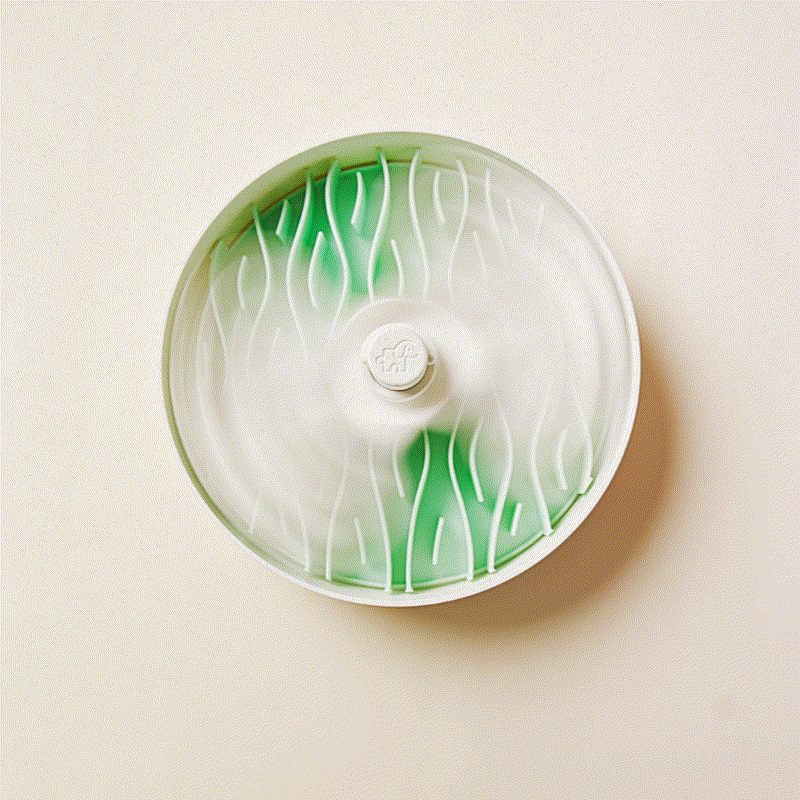
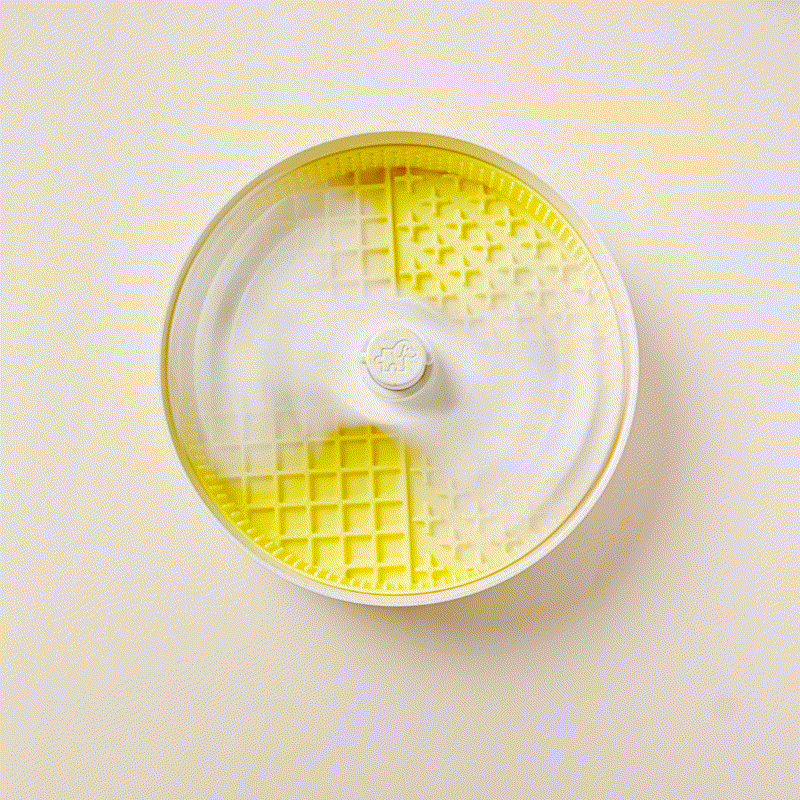
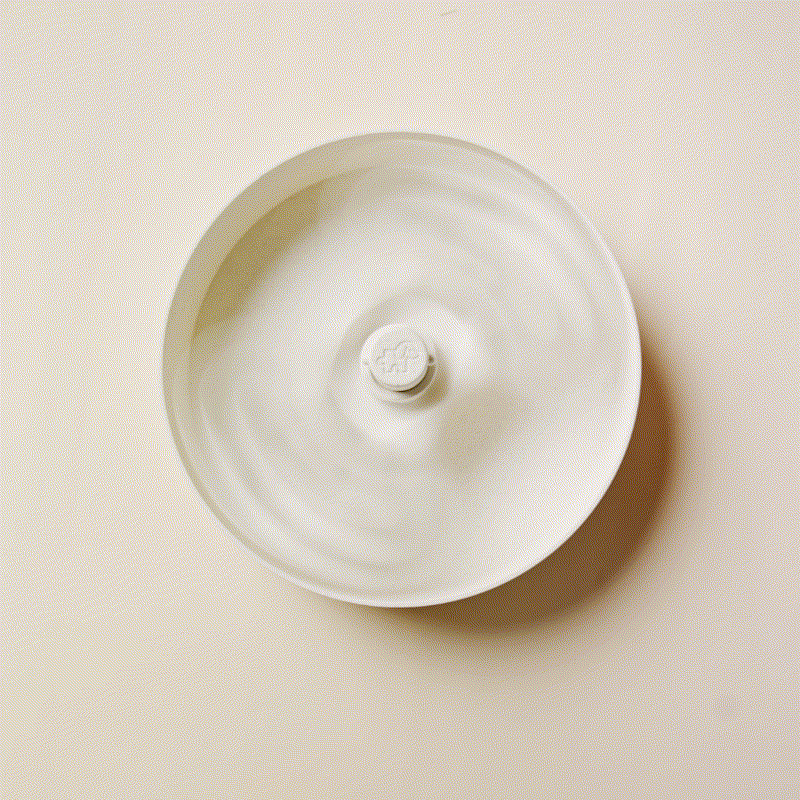
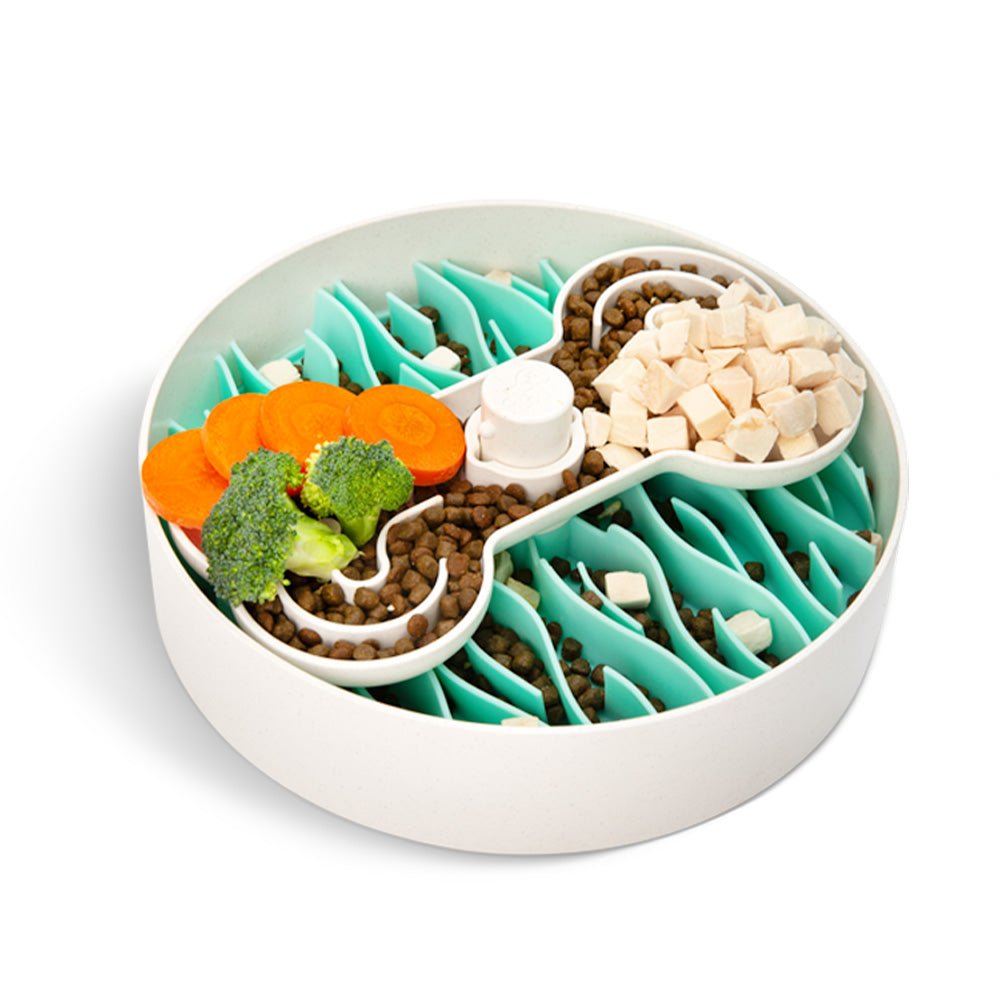
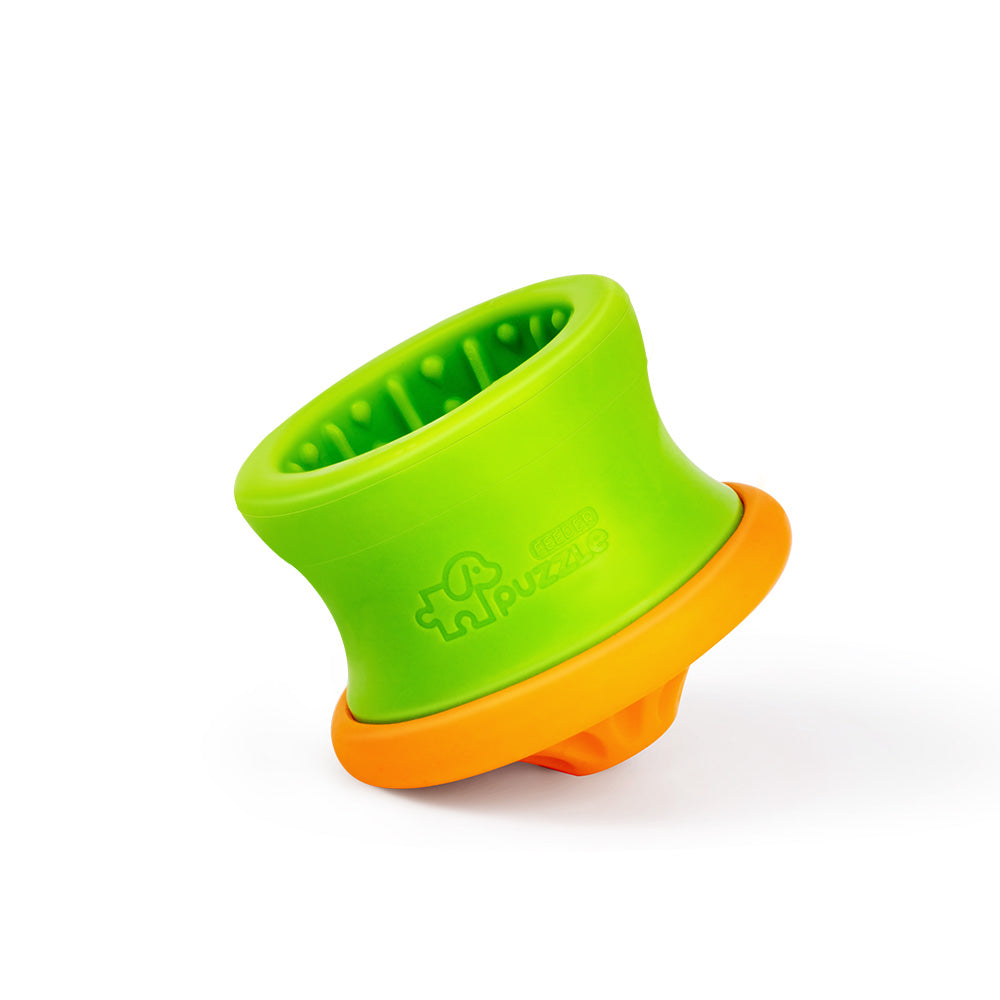
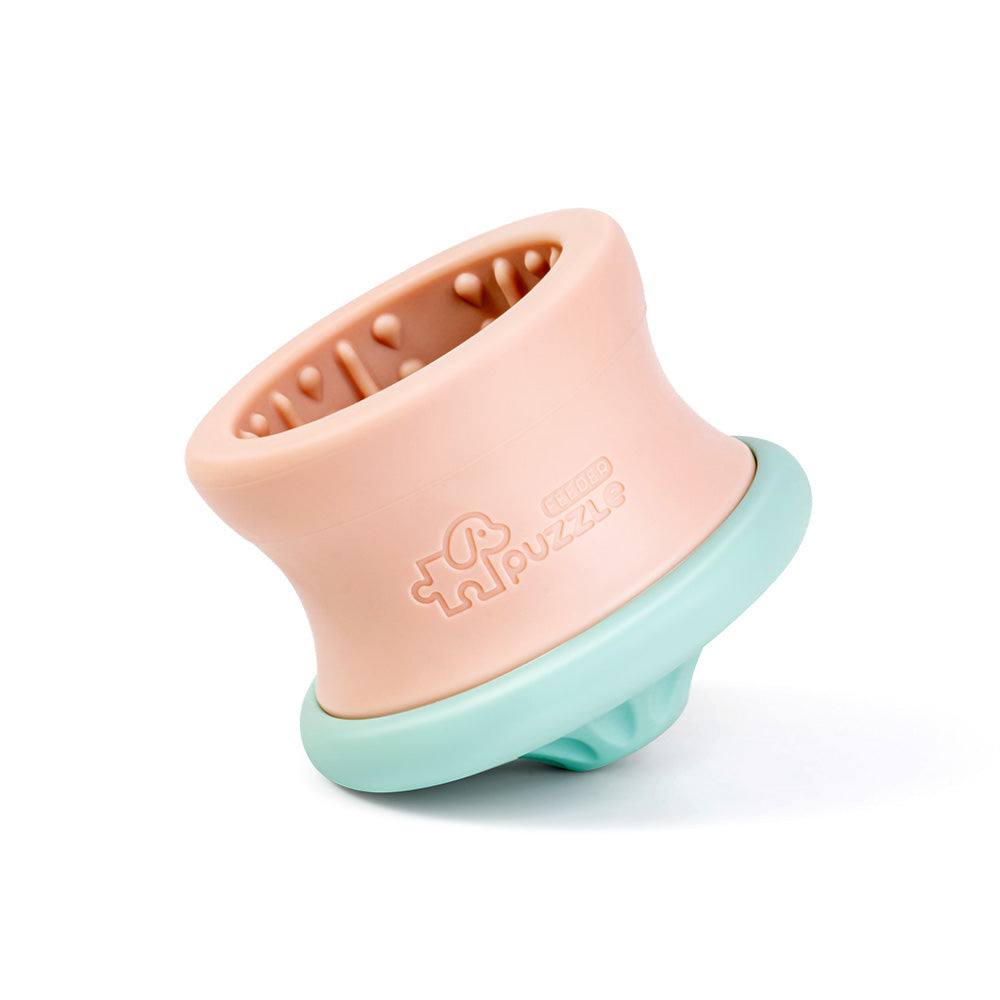
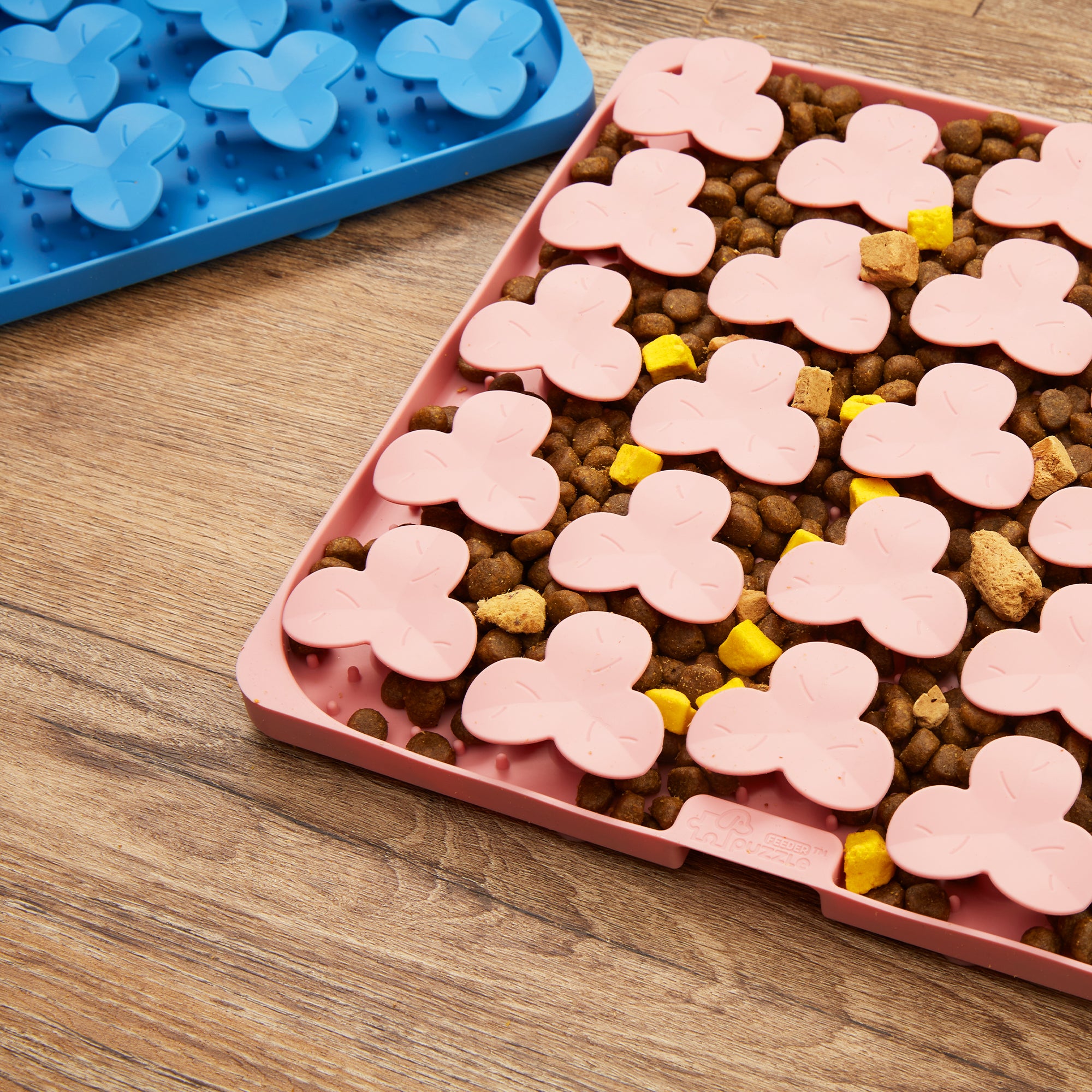
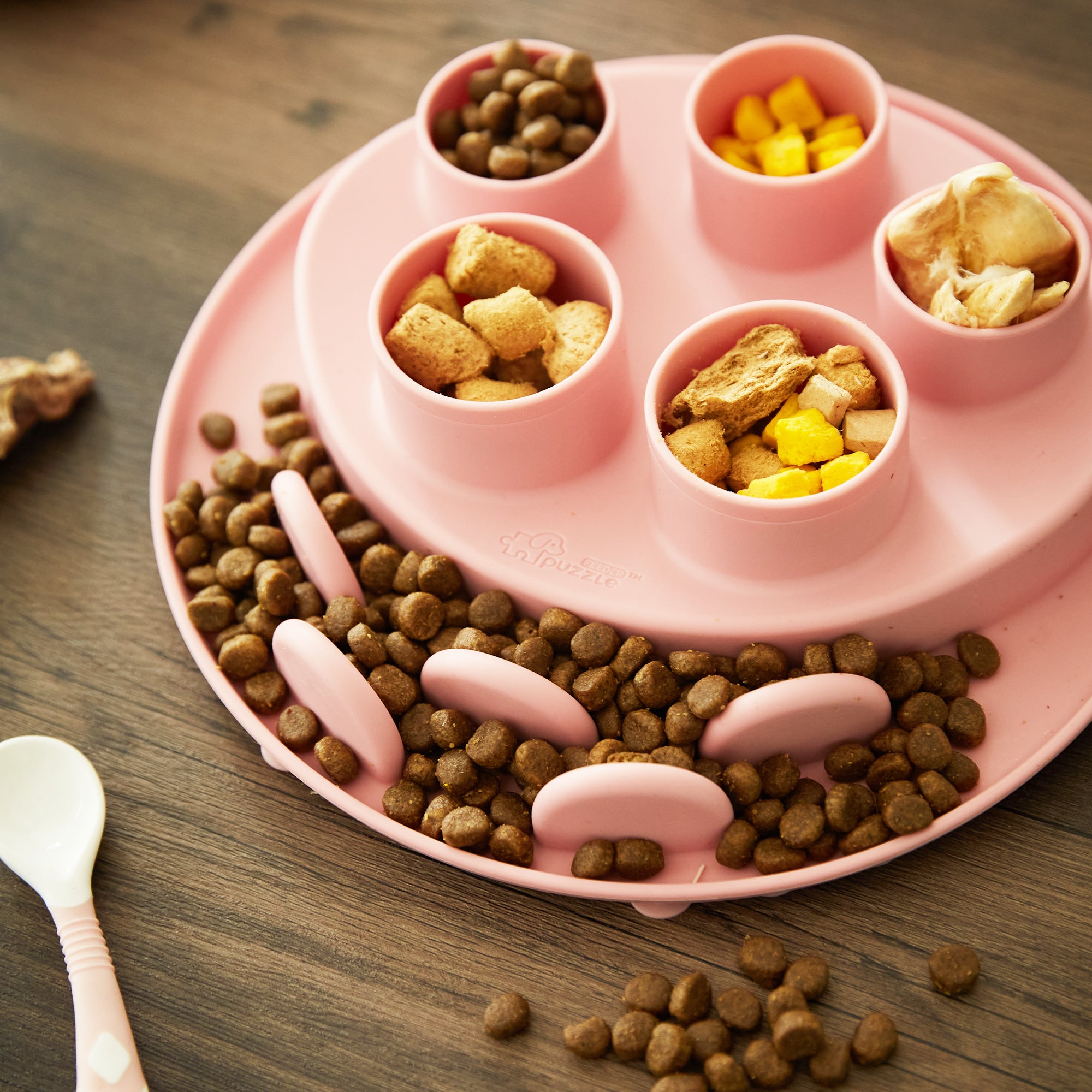
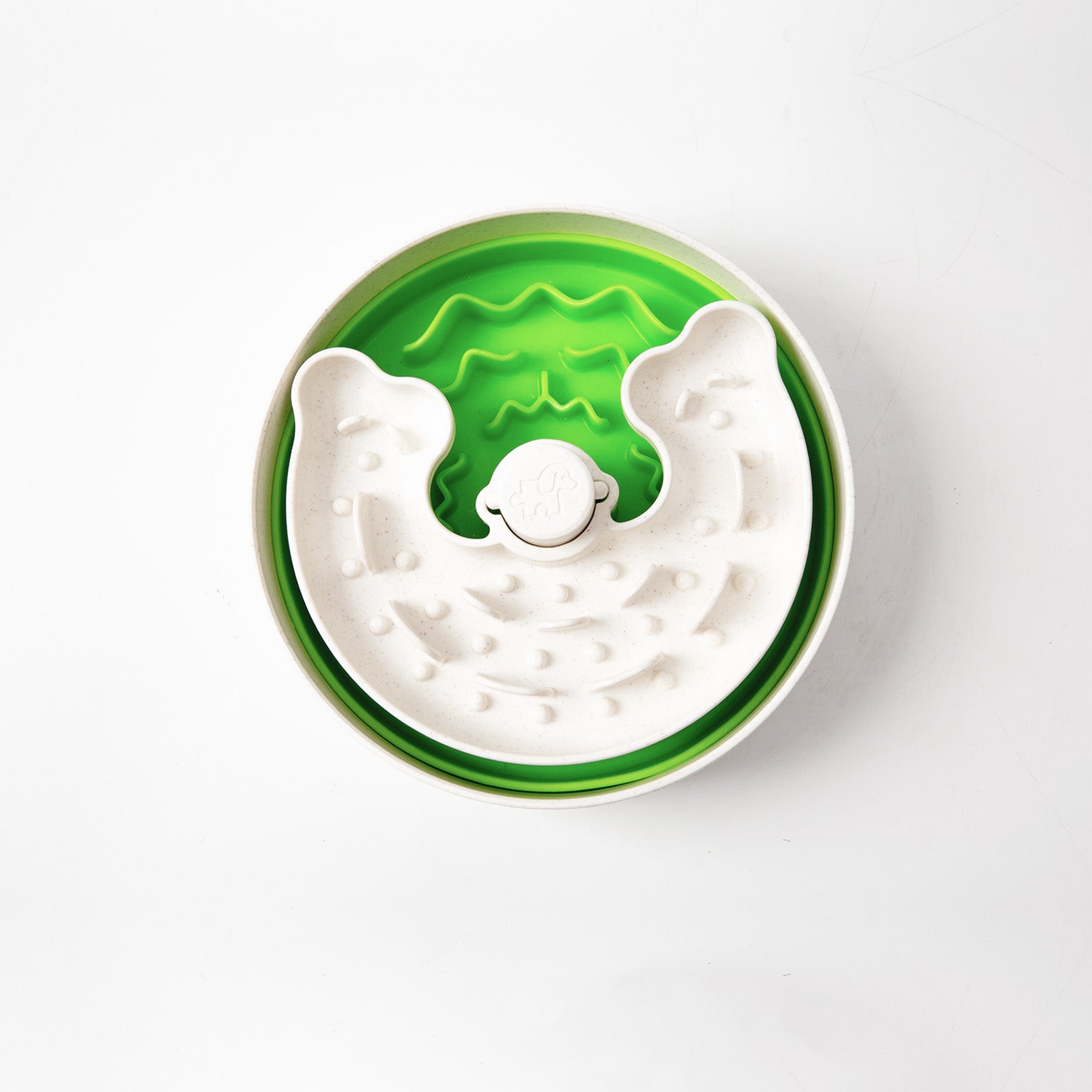
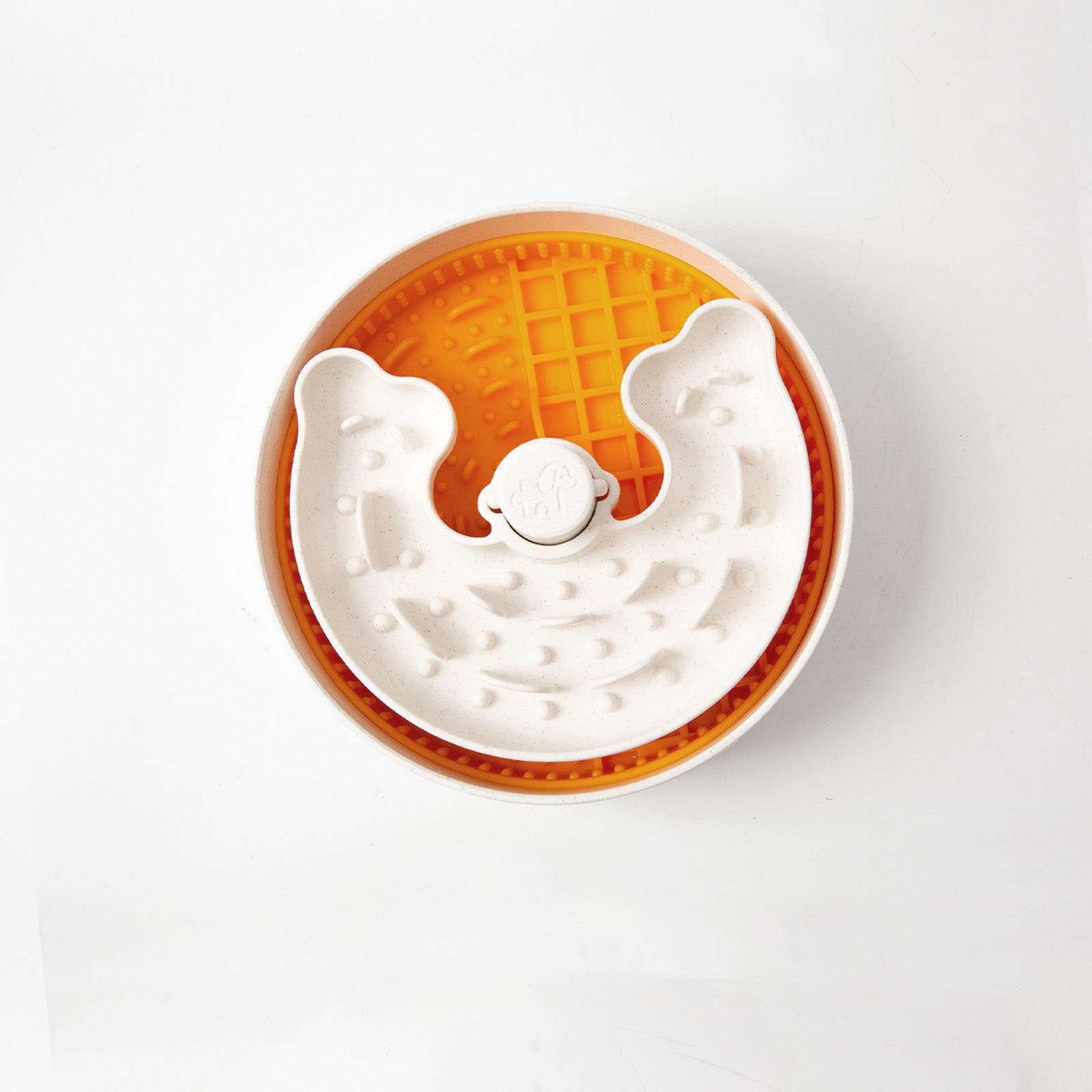
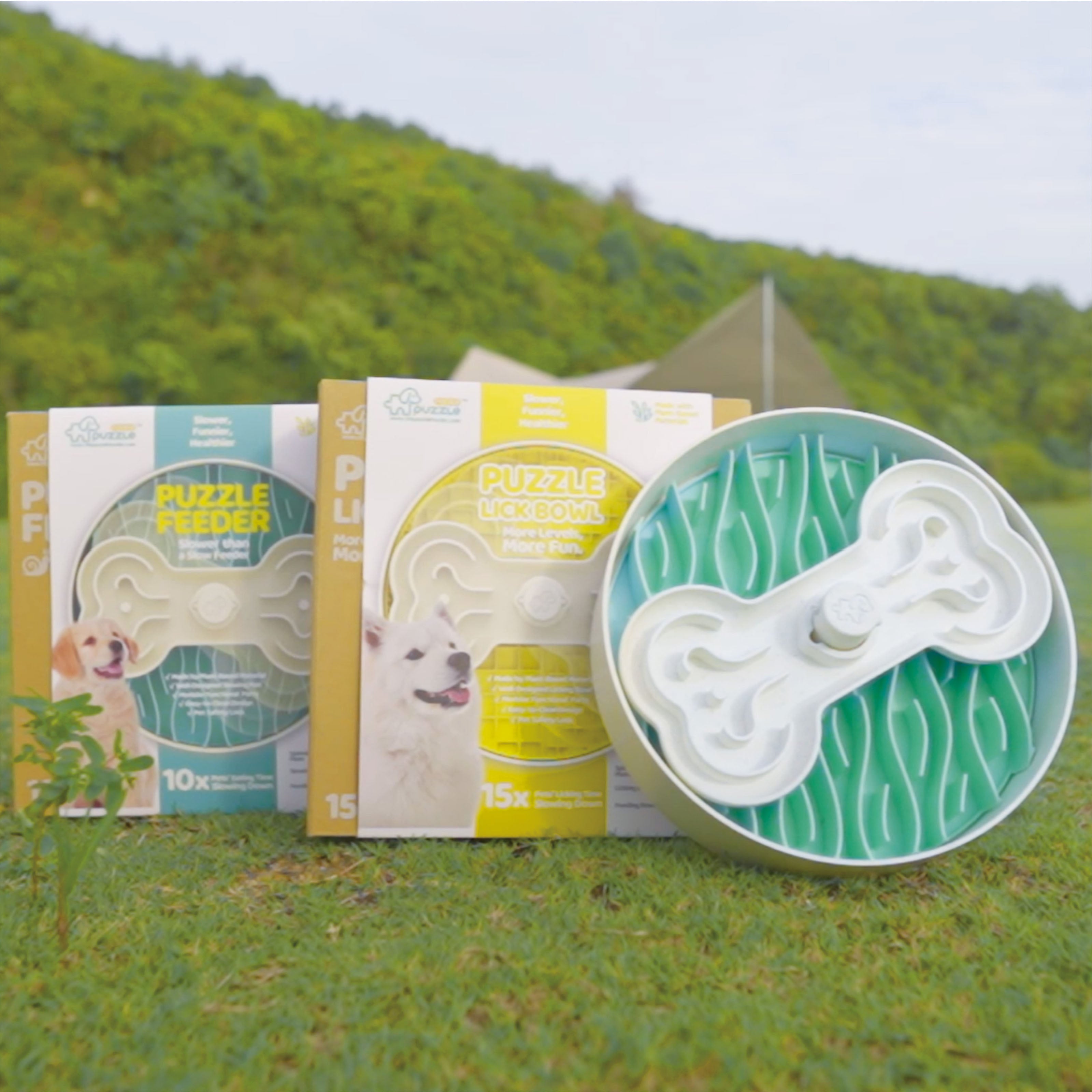
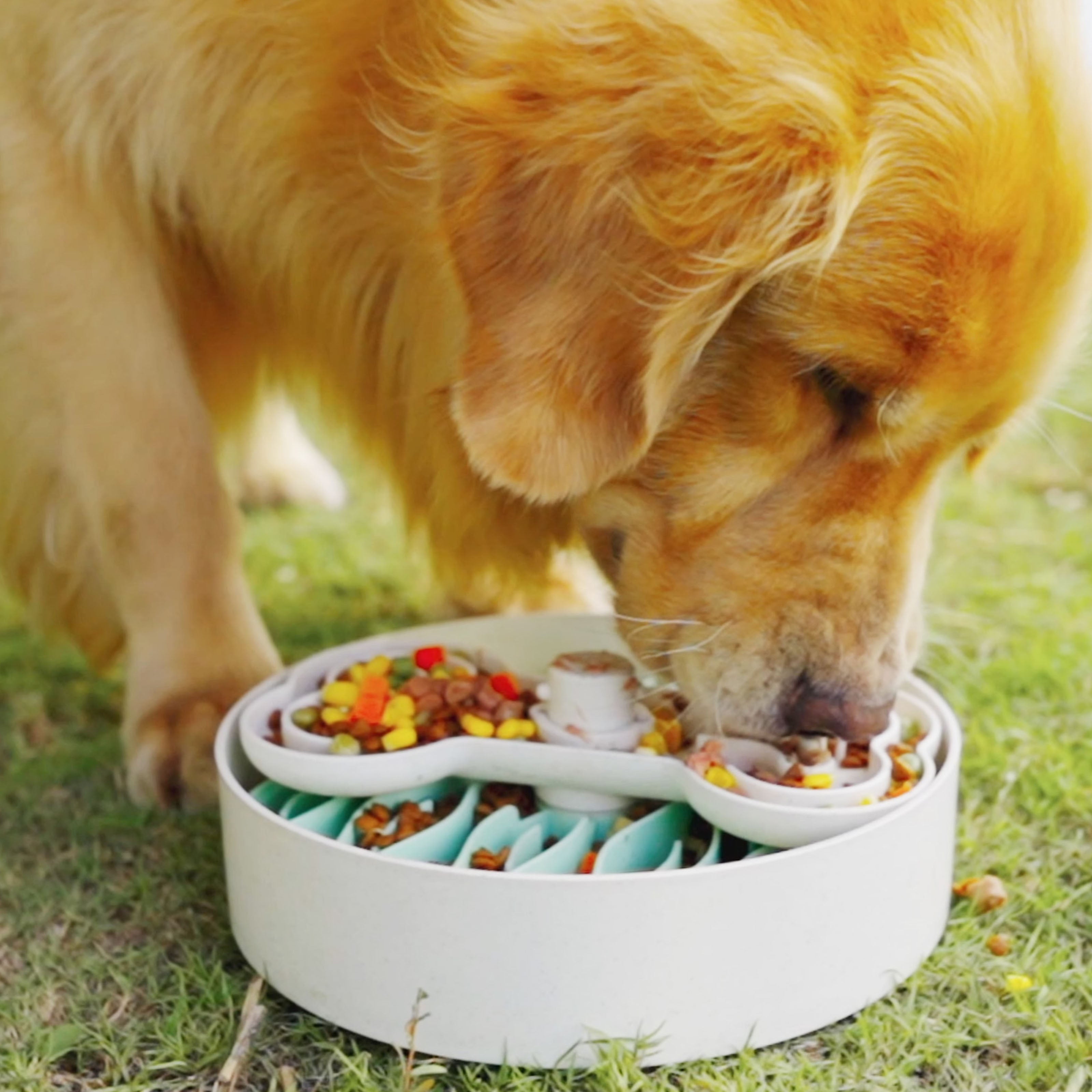
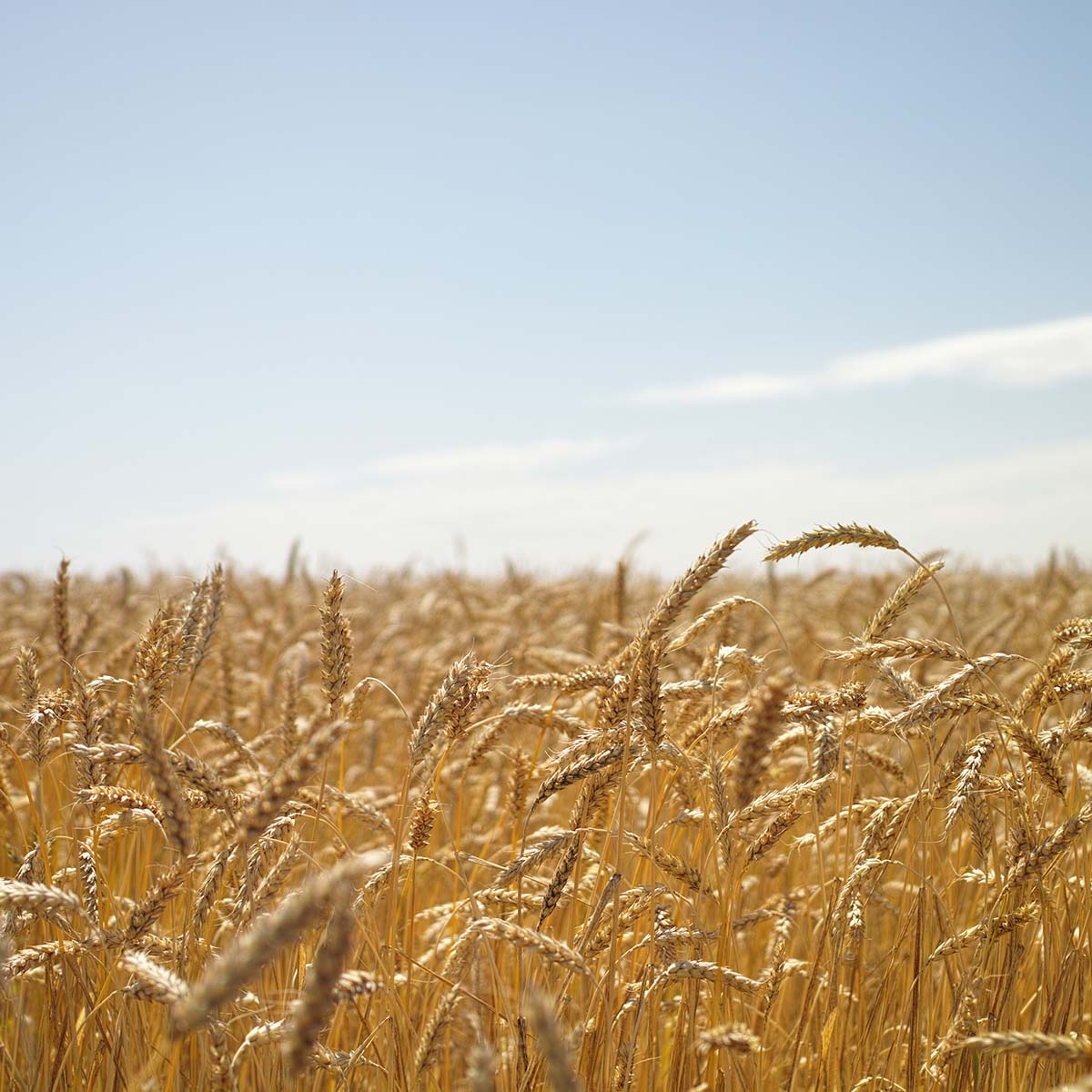
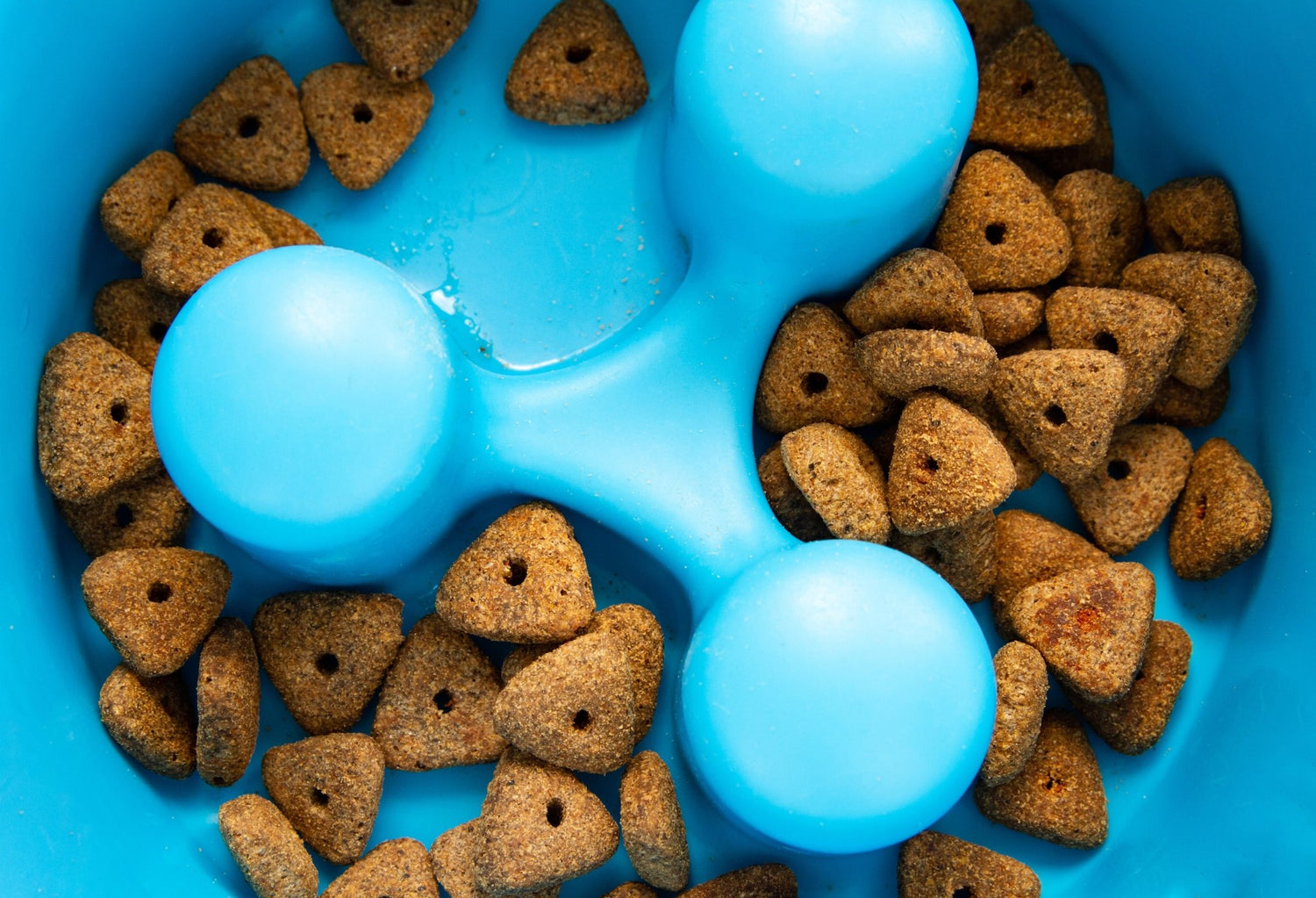
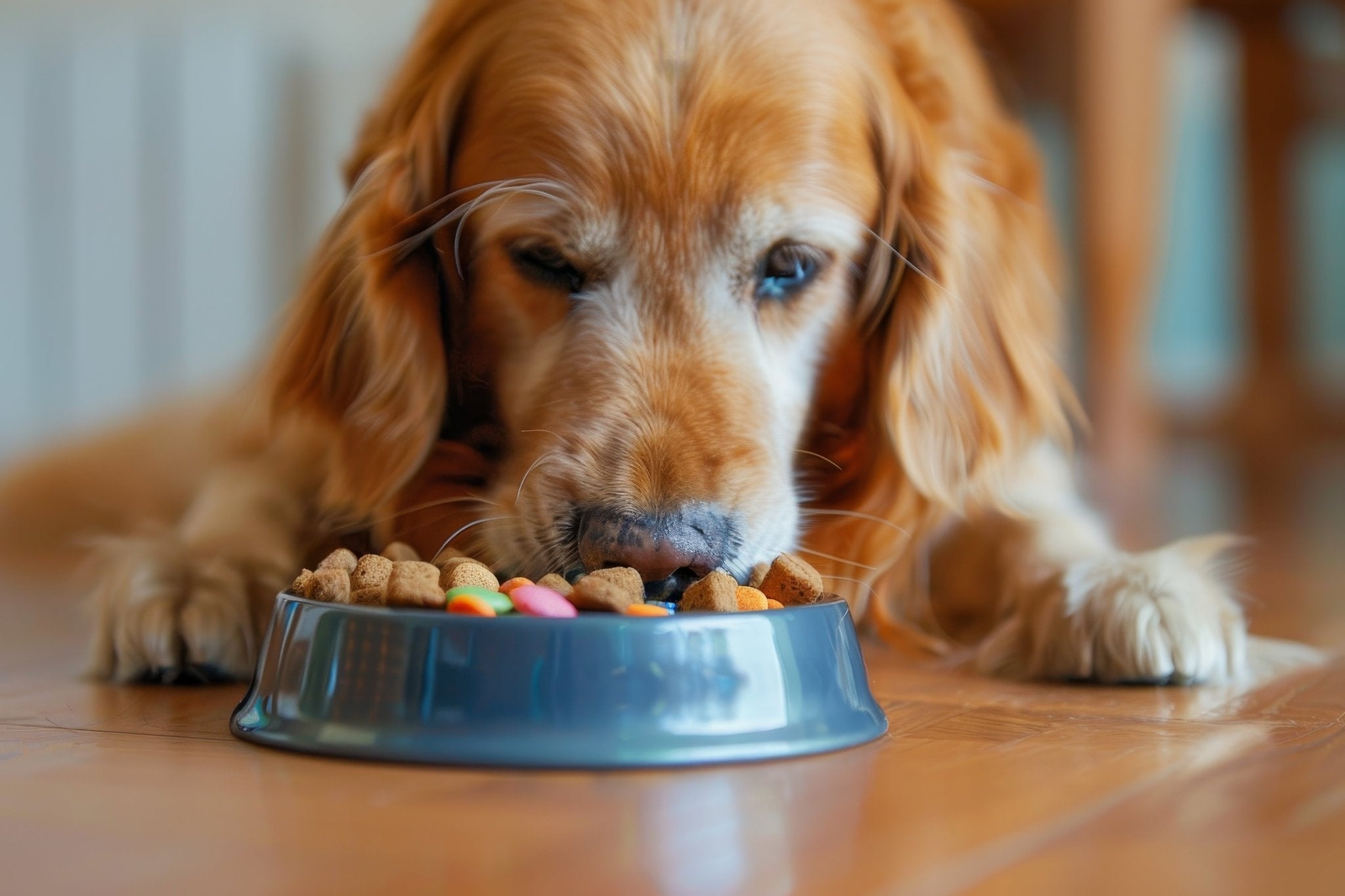
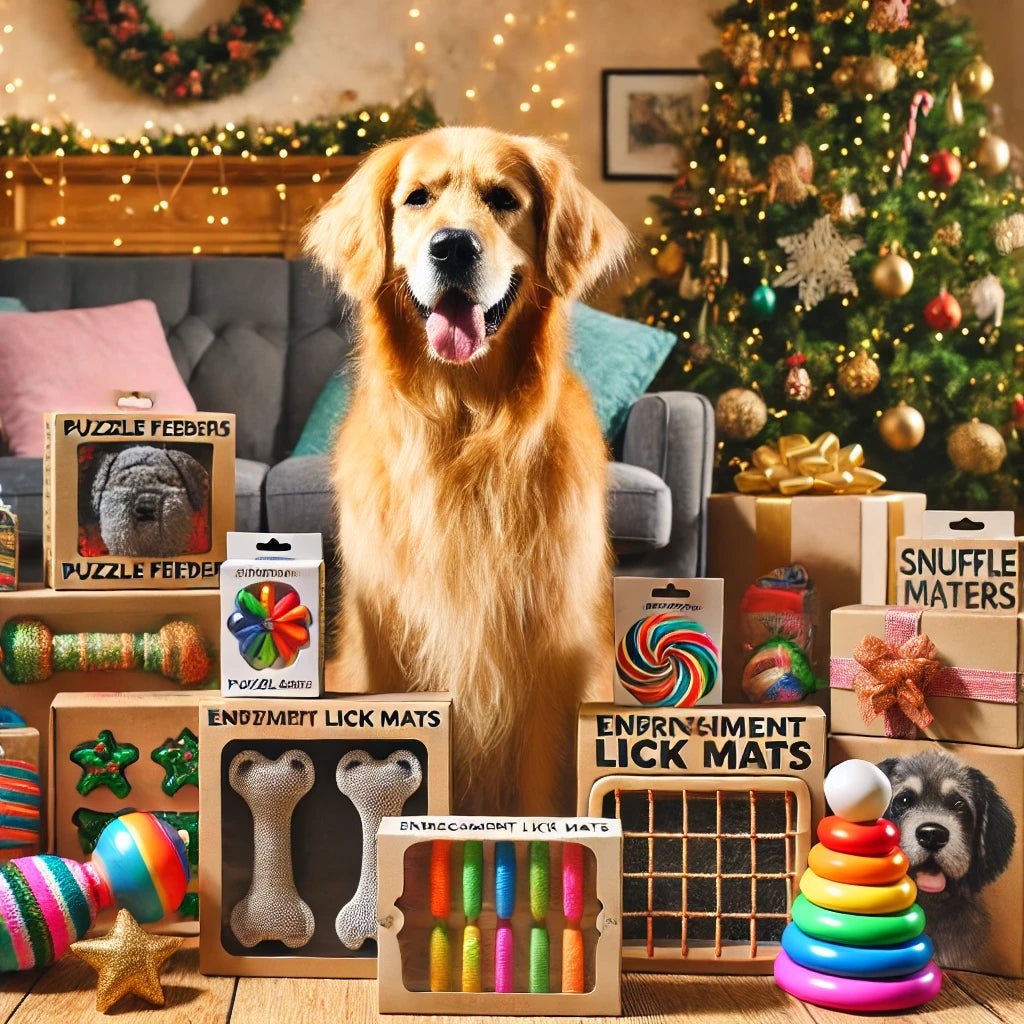
Leave a comment
All comments are moderated before being published.
This site is protected by hCaptcha and the hCaptcha Privacy Policy and Terms of Service apply.